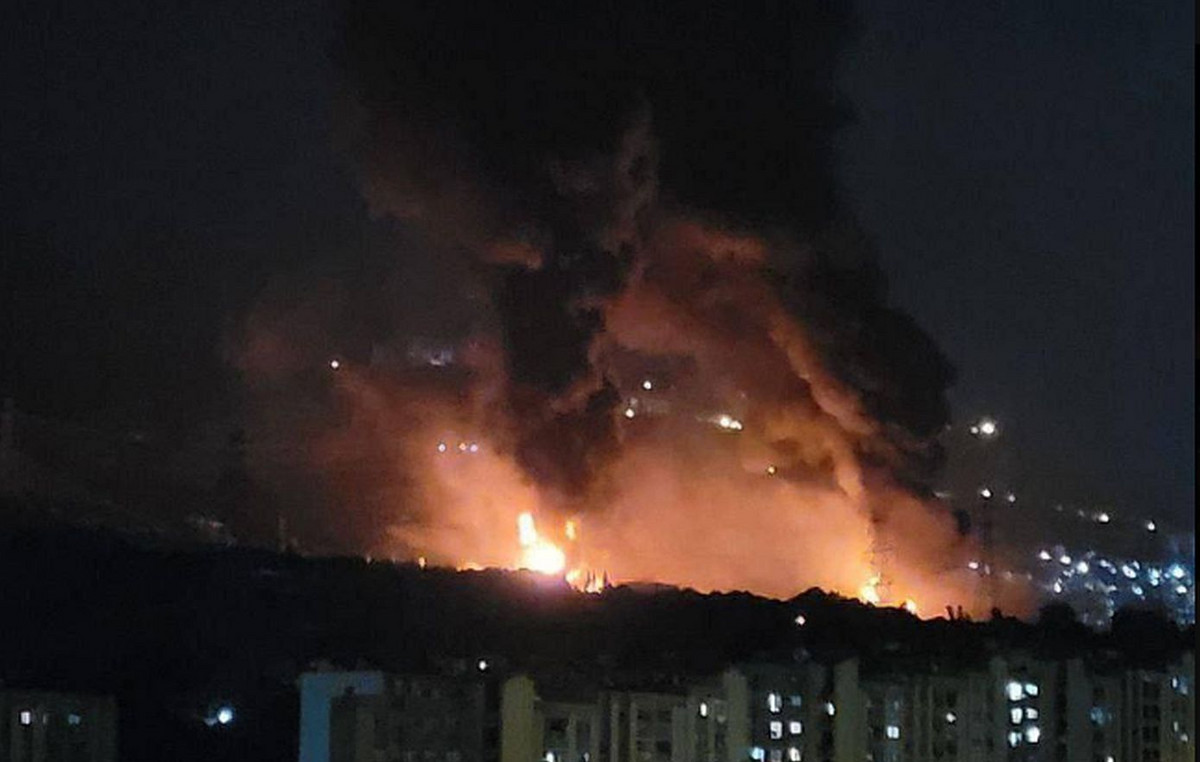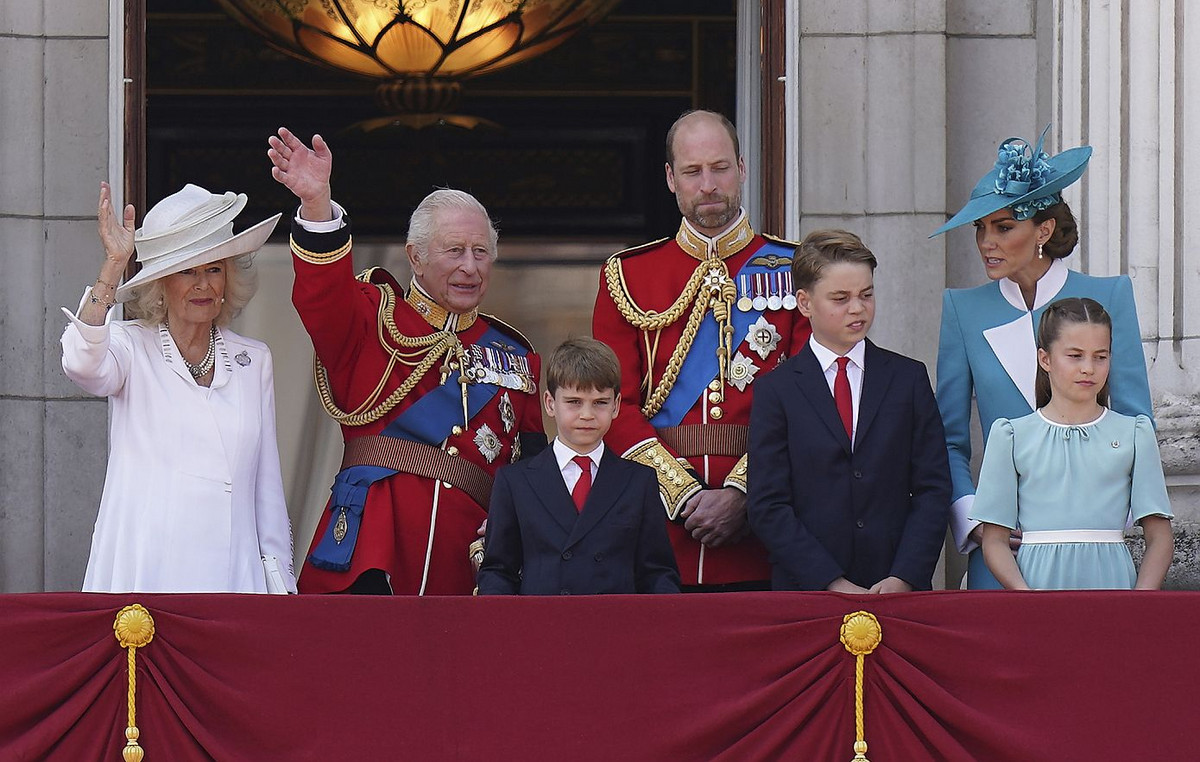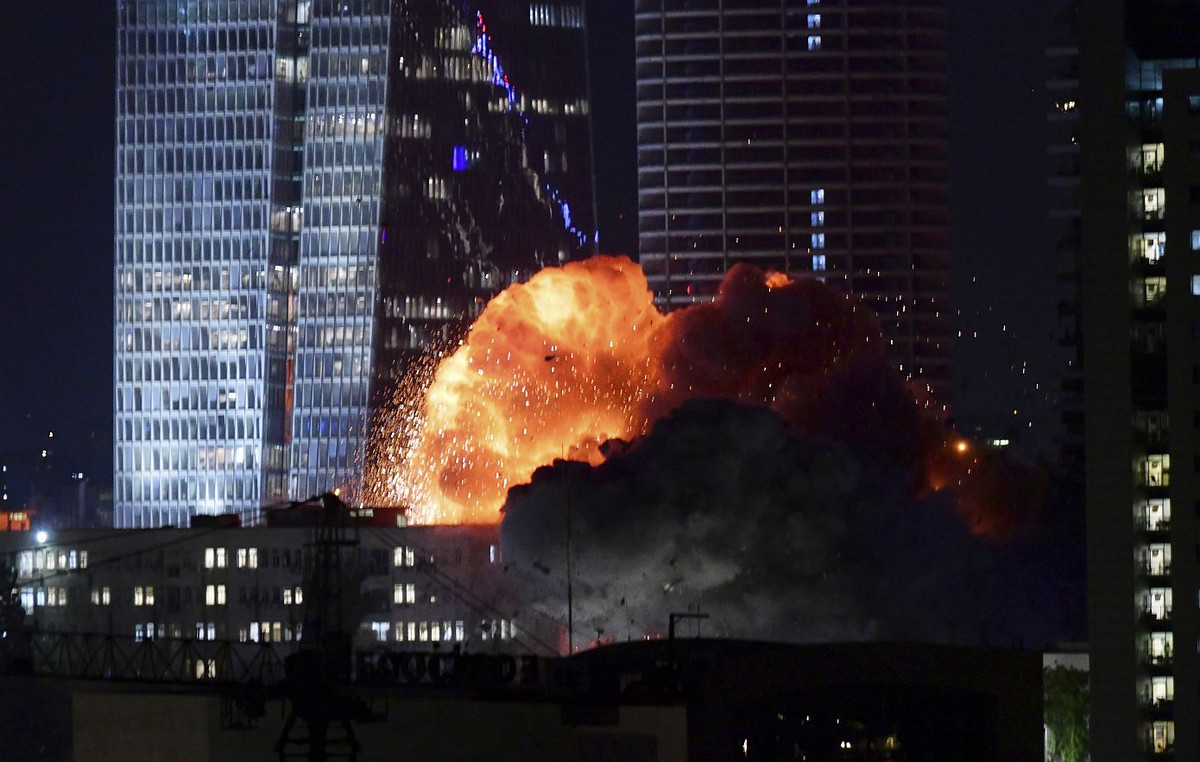Wu was preparing breakfast for guests at the small hotel he runs in Hualien County, Taiwan, when the shelves around him shook violently and the mountain behind his home roared.
Fearing the building would collapse, he took his guests to a safe outdoor location. Across the river, slopes fell from the mountains, the air swallowed by clouds of dust.
But Wu's home suffered little damage from Wednesday's 7.4-magnitude quake, Taiwan's most powerful in 25 years, something he attributes to a broader effort to make the island more earthquake-resistant. .
“Our government conducted a comprehensive review of building codes after the 1999 earthquake, and all buildings constructed must utilize new technologies that make them more earthquake-resistant,” he says.
Fifteen years ago, when he began building his two-story hotel near the entrance to Taroko Gorge—a national park famous for its steep, marble-walled gorges—Wu had to get government approval for his earthquake preparedness.
And experts say changes like this have helped the tremor-prone island avoid mass casualties in earthquakes like the one that struck Wednesday.
“I feel very lucky,” Wu says of the remarkably low damage caused by the massive earthquake. “It wasn’t that bad.”
It's a similar story in Hualien, a city just 18 kilometers from the epicenter, which appears surprisingly calm the day after the quake. Shops and restaurants have reopened, as have roadside stalls selling fruit, vegetables and snacks. Trains to the city, suspended as a precaution on Wednesday, have resumed and are running on schedule.
The most potent sign of the earthquake is a 10-story red-brick tower in the city center, leaning dangerously at a 45-degree angle after the ground floor collapsed. Excavators piled rubble at the base of the Uranus building to support it.

Emergency workers began repairing dozens of damaged buildings and demolishing four deemed unsalvageable. But for the most part, the city of 100,000 people on Taiwan's picturesque east coast emerged unscathed.
This does not mean to underestimate the power of the earthquake. Taiwanese seismologists describe the tremor as having an energy equivalent to 32 atomic bombs dropped on Hiroshima. It shook the entire island of Taiwan and was felt as far away as Hong Kong and Shanghai.
Chong, a 52-year-old housewife, said she has experienced many earthquakes in Hualien. “But the scale of this earthquake was very frightening,” she said. “I have never experienced such a large earthquake in my 50 years here in Hualien.”
Wednesday's earthquake shook more parts of Taiwan with greater intensity than any earthquake since 1999, when a 7.7-magnitude temblor struck the center of the island, killing 2,400 people and injuring 10,000 others.
But this time the number of victims is much smaller. As of Friday (5), 12 people had died and just over 1,000 were injured, while two dozen remained missing, according to authorities.
“It’s a pretty miraculous outcome,” said Daniel Aldrich, a professor of political science and public policy at Northeastern University who studies the resilience of cities, calling the toll “a very low number of deaths from a strong, powerful earthquake near an urban center.”
“The other disasters around 7.5 (magnitude) have caused many more casualties than we have seen so far in Taiwan,” he said, citing the tens of thousands of deaths during previous earthquakes in Haiti, India and China.

“We grew up with earthquakes”
Wednesday's earthquake hit Taiwan's rural east coast. The west of the island is where most people live, where the largest cities, an extensive high-speed rail network and much of the industrial center are located.
Most of the destruction and deaths occurred in remote rural areas in the wider Hualien County. Most victims died outdoors, due to falling rocks or landslides. Four were hiking in the Taroko Gorge, four others died on mountain roads and another worked in a remote quarry, authorities said.
So far, only one person has died in a collapsed building – the Urano building in central Hualien. She initially escaped but returned to rescue her pet cat, reported SET, an affiliate of CNN .
Taiwan's recent effort to prepare comes from the hard lessons learned from the devastating earthquake 25 years ago, experts say.
When the earthquake struck in 1999, Taiwan was largely unprepared, Aldrich said, citing corruption in the construction industry, a lack of building regulations and inadequate coordination in rescue efforts.
That earthquake left more than 100,000 buildings in Taiwan fully or partially collapsed, including nearly 300 schools. Buildings were also destroyed in the capital Taipei, about 160 kilometers from the epicenter.
“What we've seen since then are massive updates across the board, what I would call a top-down set of responses,” Aldrich said.

From one end to the other, the government strengthened disaster management laws, improved coordination for rescue and relief, and enforced stricter building codes for earthquake resistance.
“They issued heavy fines and penalties to construction companies that somehow cut corners on their construction. And there was a really serious investment in all the new construction,” Aldrich said.
The government has launched a campaign to assess, modernize or rebuild public buildings to improve their ability to withstand stronger tremors, with schools being a priority. Since then, the campaign has extended to private buildings, like Wu's.
September 21 – the date the deadly 1999 earthquake struck – is now a designated day for disaster drills in Taiwan, with simulated warning messages sent to cellphones across the island and schools holding evacuation drills.
Hualien Mayor Wei Chia-yen attributes his city's relatively low number of deaths to advanced preparedness. “Here in Hualien, we grew up with earthquakes,” he said inside a gymnasium-turned-shelter at an elementary school, set up just hours after the quake.
Rows of tents have been set up for residents whose homes were damaged or who are afraid to return due to the aftershocks, while boxes of food and drinks are spread out on tables.
Wei himself was injured by a cabinet that fell on his left leg and used crutches to get around the shelter.
“Our teachers and relatives have always taught us how to react when earthquakes occur,” he said. “So we’ve known this since we were kids.”
Source: CNN Brasil
Bruce Belcher is a seasoned author with over 5 years of experience in world news. He writes for online news websites and provides in-depth analysis on the world stock market. Bruce is known for his insightful perspectives and commitment to keeping the public informed.







